Free Windows Demo is Out!
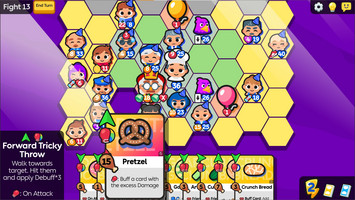
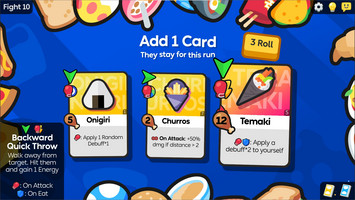
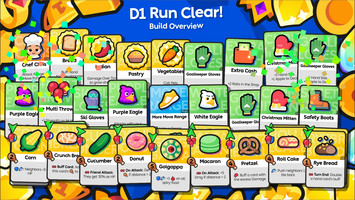

Food Fight Fiesta Demo v0.0.1 is Live!
After a year of planning, research, and development, I’m excited to announce that the Food Fight Fiesta Demo v0.0.1 is now available!
In this post, I’ll cover:
- Why and how I created this game
- The unique design elements
- Future plans for the project
About Me
Before the digital age, I was deeply immersed in card games like Yu-Gi-Oh!, Magic: The Gathering, and Pokémon TCG, even competing in major tournaments. My love for strategy games extends back to my childhood, and recreating that excitement is one of the key motivations behind this project.
When Hearthstone launched in 2014, it rekindled my passion for card games, especially after spending years playing World of Warcraft. I played Hearthstone for nearly a decade, reaching multiple legend ranks and developing a strong understanding of card mechanics and game balance. This experience, combined with the rise of the Autochess genre, heavily influenced my game’s design.
I’ve always been an avid strategy and card game player—so much so that talking about these games with my wife feels like speaking a different language!
Why I Made the Game
Despite my background in computer science, game development always seemed like a challenging field to break into. My career was in web development, but with the advent of AI tools like GPT, I realized that the landscape was changing rapidly. After months of research, I decided to take the plunge into game development.
Even though I had no prior game dev experience, I was determined to learn everything from scratch, from coding in Godot to visual design, animation, and marketing. Despite my wife’s advice to find a partner, I chose to work solo for maximum creative freedom. I watched countless GDC talks, studied Steam sales statistics, and devoured tutorials, all while building Food Fight Fiesta on my own.
The Grand Design
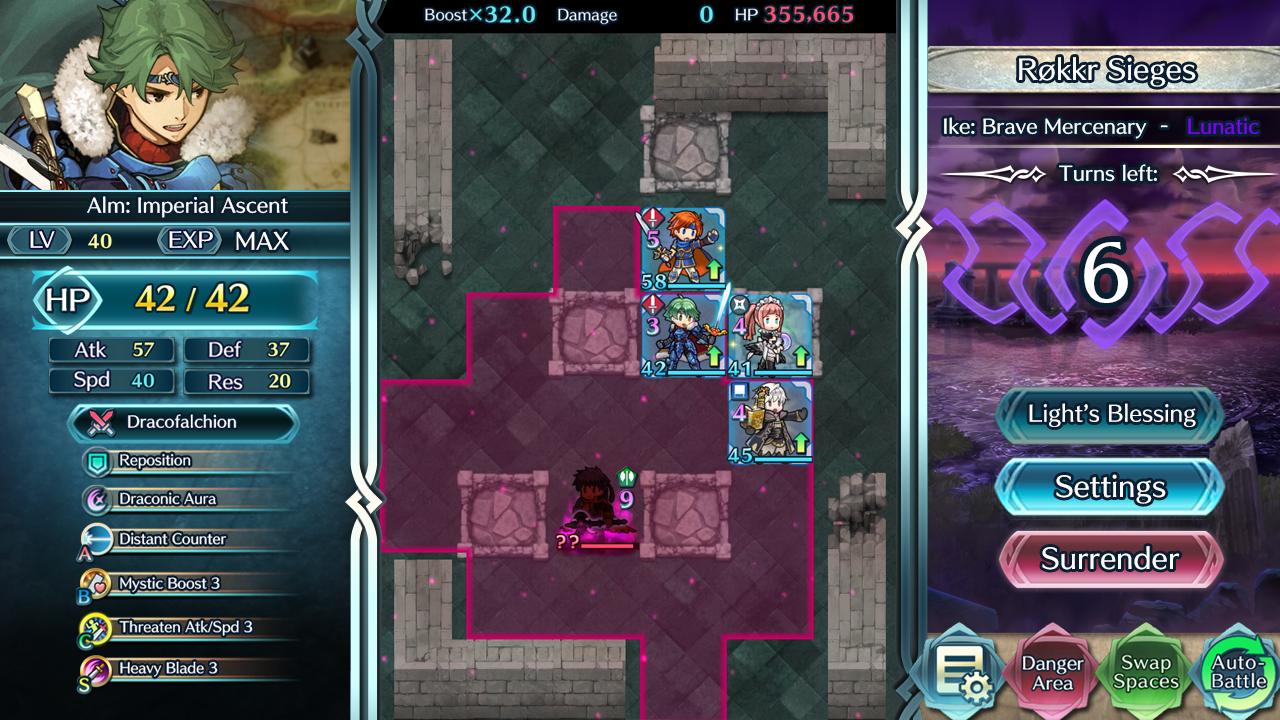
The inspiration for Food Fight Fiesta comes from a blend of games I love:
- Hearthstone (Standard and Battlegrounds)
- Yu-Gi-Oh!
- Fire Emblem Heroes
- Marvel Snap
I wanted to incorporate both card and board elements to allow for a rich and varied gameplay experience. Classic games like Chess and Go inspired the board mechanics, which offer depth without the need for complex new rules.
On the other hand, card games bring endless variety, making them perfect for expanding content. We have seen thousands of new cards released from these TCG mentioned.
Then a game with Board X Card must be good right?
Core Design Elements
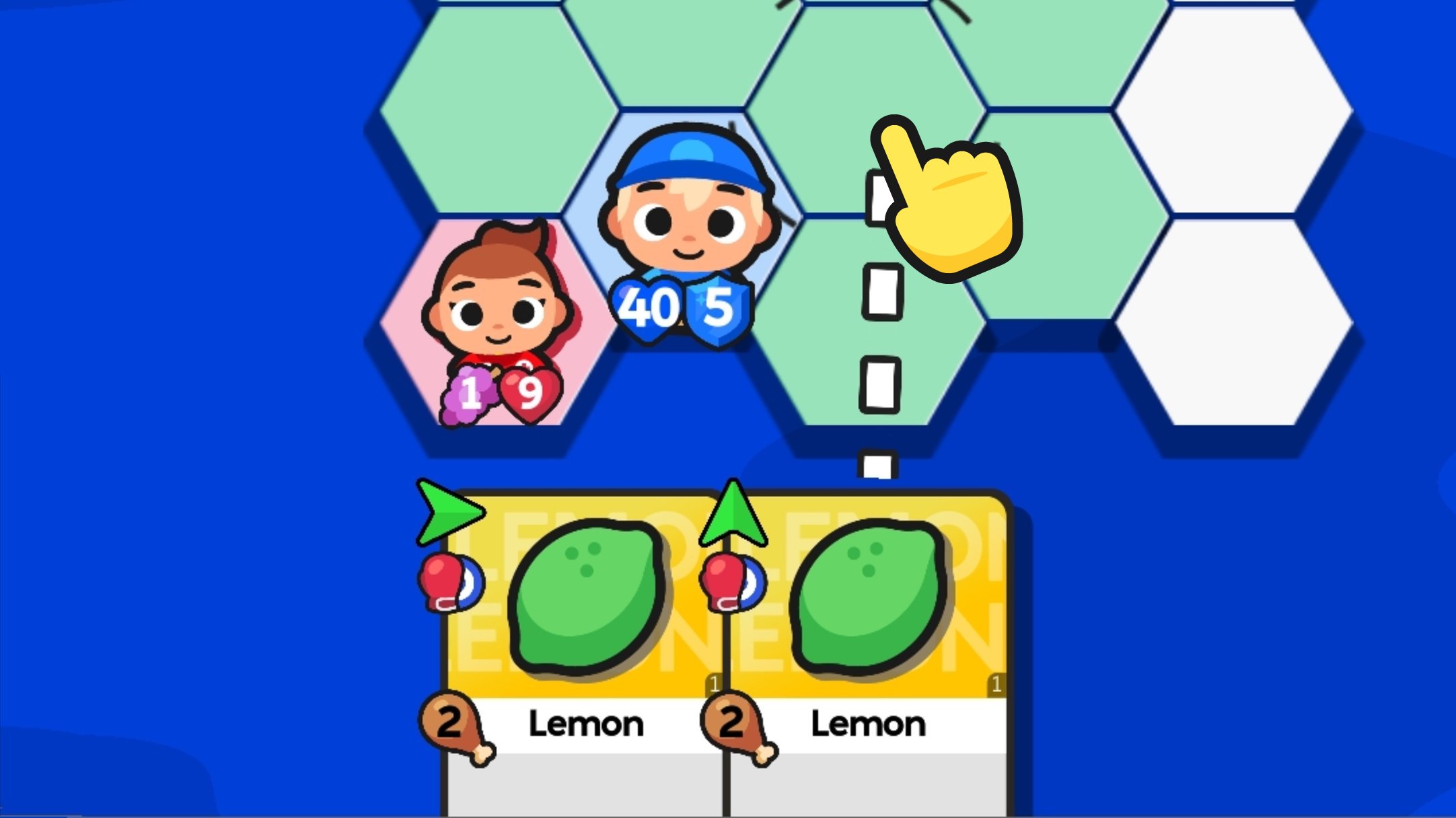
Contextual Card Effects:
Each card has 3 meaning, depending where you place them.
- Drag a card to an empty field to move there.
- Drag it to an enemy to attack.
- Drag it to yourself to gain HP.
This system ensures there are no dead cards, adding depth and strategic choice to every turn.
Autochess and Passive Cards: Unlike traditional card games, Food Fight Fiesta introduces cards with passive effects that activate while in hand. This mechanic adds a new layer of strategy, as you must decide which cards to play and which to hold for their passive benefits.
Progression and Growth: Progression is key to keeping players engaged. As you advance through levels, nearly every aspect of the game grows:
- Hand and deck size
- HP and strength
- Enemy numbers and difficulty
- Number of options in the Shop
This constant growth allows for deeper customization and a rewarding sense of progression.
Minimal Card Design: I favor minimalism in card design, aiming for concise text that’s easy to understand. Inspired by cards like Alexstrasza from Hearthstone, which uses simple language to create versatile gameplay options, I strive to keep all card text to under three lines, ensuring clarity and accessibility.
No Outcome RNG: Food Fight Fiesta minimizes random outcomes to ensure that player decisions are impactful and strategic. The only randomness comes from card draws, shop options, and enemy actions, all of which the player can adapt to.
Development Process
My development process involves three main steps:
- Idea Collection: I maintain a 200-page document filled with ideas, references, and notes, which serves as my to-do list and design guide.
- Implementation: I bring these ideas to life in Godot, often using GPT and online resources to solve technical challenges. Over time, as my skills improved, I relied less on GPT and more on my own problem-solving abilities.
- Testing and Iteration: Each new feature is tested and committed to GitHub, with this cycle repeated thousands of times over nine months.
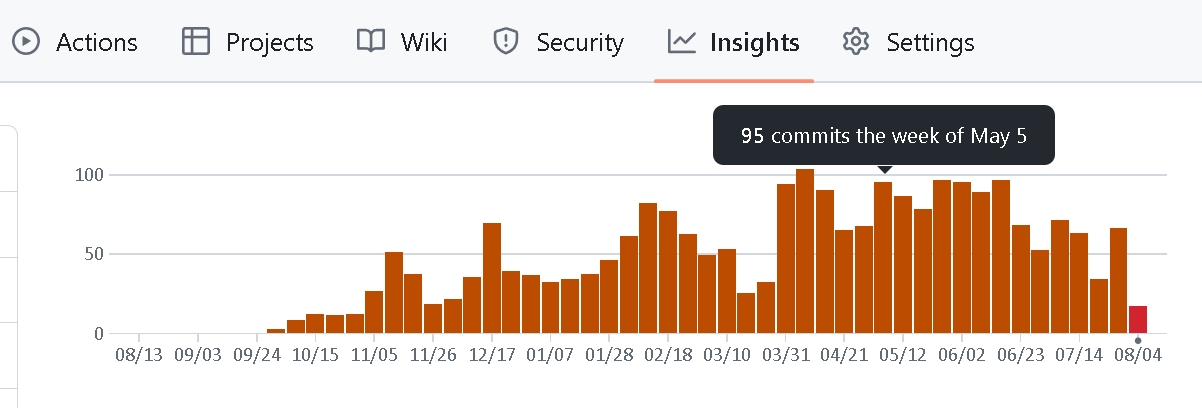
What’s Next?
My idea document is still brimming with potential features and content, including:
- New game modes (Constructed, Arena, Chaos, Team Fight, Scenario)
- Online multiplayer (PvP)
- More food and upgrade cards
- Enhanced animations
- Localization into multiple languages
- Platform ports (Android, iOS, macOS, Linux)
But before diving into these, I need your feedback. If you have any suggestions or spot any bugs, please share your thoughts. I’m eager to hear from you and will respond to every post!
Thank you for your support, and I hope you enjoy Food Fight Fiesta!
Files
Food Fight Fiesta: Multi-Use Cards
Eat Food to Heal. Throw Food to Attack.
| Status | In development |
| Author | foodfightfiesta |
| Genre | Strategy, Card Game |
| Tags | Board Game, Cartoon, Hex Based, Minimalist, Roguelike, Roguelite, tactics, Top-Down, Turn-based |
| Languages | English |
More posts
- New Background Color Tuning!Aug 19, 2024
- Free Web Demo is Out!Aug 10, 2024

Leave a comment
Log in with itch.io to leave a comment.